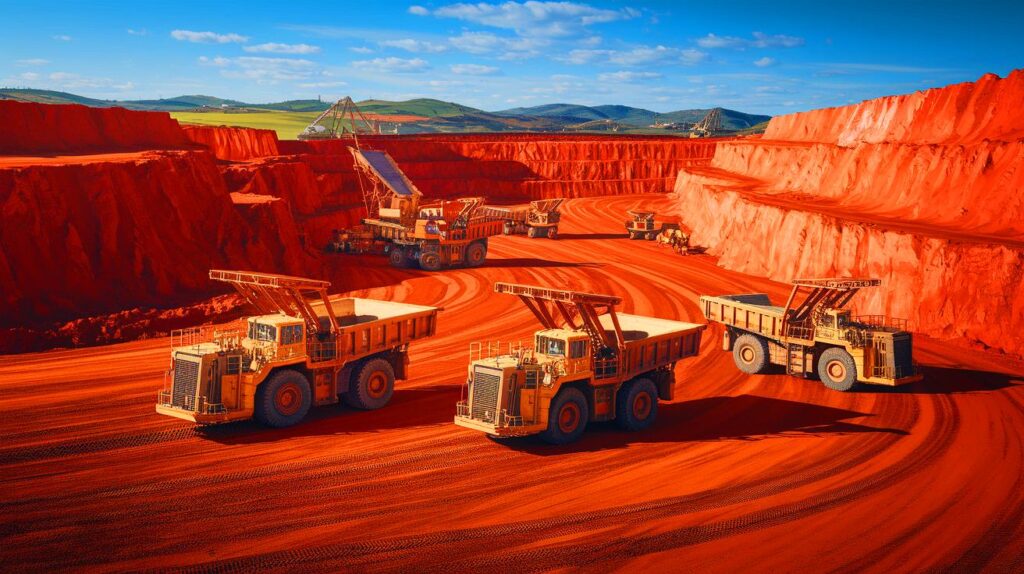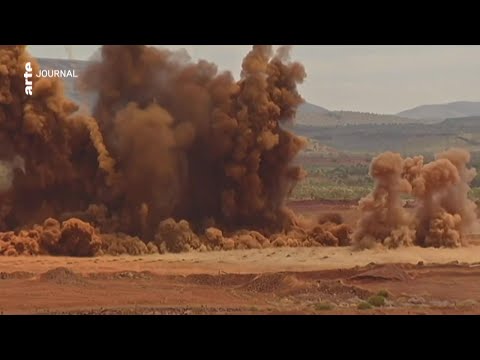| In Brief |
|
The discovery of a massive iron ore deposit in Western Australia may well disrupt the global mining economy and transform our understanding of geological processes. This economic treasure challenges long-held beliefs about planetary formation. As scientists and economists examine this find, the implications for the future of mining and geology are substantial. This deposit, promising significant economic gains, also prompts a reconsideration of Earth’s geological history.
A Mountain of Iron: What Lies Beneath This Gigantic Deposit?
The recently discovered iron ore deposit in Western Australia is believed to contain an astonishing 54 billion metric tons, with a potential value of around 5.475 trillion euros, based on an average price of 86 euros per metric ton. This revelation could fundamentally alter our current understanding of iron resources, questioning established geological processes. According to Dr. Liam Courtney-Davis, “This discovery may force us to rewrite entire chapters on mineral formation and large-scale geological processes.” The scale of this deposit compels scientists to reconsider how such massive iron formations occurred, prompting in-depth research into Earth’s distant past.
Reassessing the Age of Deposits
The significance of the Hamersley deposit extends beyond its sheer size. It challenges previous assumptions regarding the age of mineral formations, previously estimated at 2.2 billion years, now reassessed at 1.4 billion years. This change may be related to supercontinent cycles, providing a new perspective on historical land movements. A co-author of the study noted, “Finding a connection between these massive deposits and changes in supercontinent cycles enhances our understanding of ancient geological processes.” This revelation invites scientists to explore the complex relationships between geological timelines and the evolution of the Earth’s surface.
Technology at the Heart of the Discovery
The unearthing of this iron-rich treasure was made possible through advanced techniques like isotopic dating and chemical analysis. These methods have significantly transformed the iron content from an initial 30% to over 60% today. These technological advancements are crucial for predicting future mining explorations and encouraging the development of more efficient extraction strategies. The application of these methods not only enhances the economic viability of mining operations but also contributes to a deeper understanding of the Earth’s mineral wealth and its origins.
The Global Economic Impact
Australia already holds a significant position in the global mining industry due to its vast iron reserves. With this new deposit, Australia is poised to reinforce its dominance, potentially influencing international trade agreements and the stability of iron prices. The implications extend beyond the mining sector, as they may lead to a reevaluation of long-standing geological hypotheses. This discovery not only energizes the mining industry but also the entire scientific community, prompting the search for other massive deposits worldwide. Associate Professor Martin Danisík notes, “The exact timeline of changes in these formations was unclear,” prompting new investigations to refine our understanding.
As this discovery unfolds, the world awaits eagerly to see how it will transform both the mining industry and our understanding of geological processes. What new perspectives and opportunities might emerge from this monumental discovery, and how will they shape the future of Earth’s resources?








